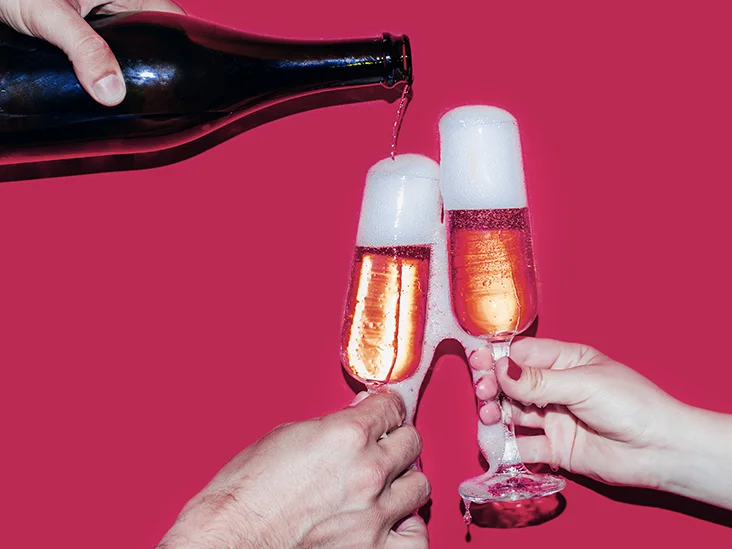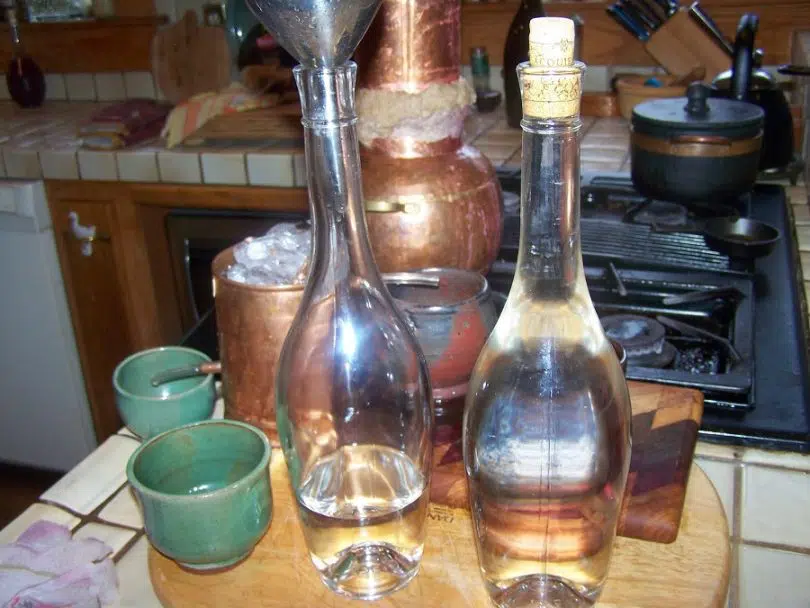Alcohol is a product that has served an array of functions for people throughout the course of history. Alcoholic beverages have served as sources of some nutrients and have been widely used for their medicinal, antiseptic, and analgesic properties. Alcoholic beverages enable people to relax, boost appetite and can increase life expectancy. If you want to know how alcohol is made, you are at the right place!

It’s likely people started producing alcohol when they noticed certain fruits fermented after some time. Production of alcohol started about 10,000 years ago when fermented drinks were produced from honey and wild yeasts. Through the years, trial and error using different fruits and grains finally resulted in formulas that have used for various alcoholic drinks.
What goes into alcohol?
The production of alcoholic beverages involves a simple process known as fermentation – the process by which sugar reacts with yeast (tiny single-celled fungi containing special-enzymes) that to produce ethyl alcohol and carbon dioxide. The equation for this process is: Glucose + Yeast = Alcohol + Carbon Dioxide. Many other types of alcohol can be produced this way but more often using synthetic procedures – from Natural gas, biomass or coal.
Beer
As illustrated in the photo above, beer is made from 4 basic ingredients: Barley , hops, water and yeast. Other grains such as rye and wheat can be used however. The process of brewing beer comes in 5 main processes which include the following:
• Malting: Malting isolates from the grains the enzymes needed, notably alfa-amylase and beta-amylase, which are used to convert the starch in the grain into sugar. The grains are harvested and are processed through roasting, drying and cracking. The barley becomes dark based on the amount of roasting – this explains the dark nature of Guinness.
• Mashing: After mashing, the resulting grist is steeped in hot water inside a mash tun. During mashing, the enzymes within the barley break down and release sugars such as maltose. After the 1-2 hour mashing process, a sweet and sticky liquid called wort is produced.
• Boiling: Boiling the wort ensures the sterility of the beer. During boiling, hops and other spices are added to the wort to alter its bitterness and flavor. The boil lasts up to 2 hours depending on the number of times hops are added and the volume of wort. Boiling takes place in steam-fired kettles or directly-fired kettles.
• Fermentation: As soon as the wort is cooled, strained and filtered, it’s put in cylindroconical tanks or fermentation vessels and yeast is added to it. At this stage, the yeast reacts with the wort from the barley producing alcohol and carbon dioxide. The beer is stored for many weeks to months (in the case of lagers) during fermentation.
• Bottling: This is where the final beer is produced. The beer is thoroughly filtered using various types of sheets, giving it its shine and smoothness. The beer is bottled inside bottles, kegs, cans or bulk tanks for consumers. Some beers still undergo fermentation if some yeast has been added to it.
Wine
Wine is an alcoholic drink made from fermented grapes but can be made from other fruits as well. Wine is made in six basic steps which include:
• Harvesting: The winemaking process starts of by picking ripe grapes from the grapevines. The grapes are harvested into bins or lugs either with human hands using shears or a mechanical harvester. The grapes are hand-sorted in the winery and any under ripe or overripe grapes, along with leaves, are removed.
• Crushing: The sorted grapes are fed into a destemmer where their stems are removed and the grapes are crushed, either slightly or completely. The stems are removed because they are concentrated with tannins and leaving them to ferment will result in the wine so tannic, causing displeasure in drinking.
• Pressing: The white grapes are transferred into a crusher presses the grapes and extracts the juice and leaves behind the grape skins. The juice is transferred into tanks where the juice is filtered to get rid of sediments.
Red wine grapes are usually lightly crushed and pumped into a fermentation vessel.
• Fermentation: Red wine making differs from white wine making. The red wines are fermented on their skins while the juice of the white wine is fermented.
During fermentation, yeast is added to wine so that fermentation can take place. Carbon dioxide is released during fermentation which causes the grape skins to rise to the surface. The grapes are pressed and filtered after the fermentation is complete.
• Ageing: The wine is stored in barrels or stainless steel vessels where they are spiced and flavored at different levels based on the winemakers choice. Some white wines are left to age for a few months and most red wines are left to age for up to 2 years.
• Finishing: When the wine is aged, it is ready for bottling. This is done either by automatically by machines or manually by hand.
Spirits
Yeast cannot survive in high levels of alcohol, so distillation is required to create spirits. Brandy, gin, rum, vodka, and tequila are produced from fermented drinks which have been distilled. When a fermented drink is heated to a temperature above 78.5 °C but below 100 °C, the ethanol it contains evaporates, leaving the water behind(water evaporates at 100 °C). The vapour coming off is caught up and condensed into a higher alcohol concentration. The image below shows the process of distillation.
Various spices and compounds are introduced to influence the taste and type of spirit desired. The difference between the various kinds of spirit lies in what was used to make the fermented drink. Akpeteshie is made from distilled palm wine or sugar cane. Rum is made from distilled sugar cane, Whiskey, gin and vodka are made from grain alcohol. Gin is flavoured with juniper berries or herbal extracts as seen indigenous gins.
Making your own alcohol

There are many ways you can prepare your own alcoholic beverage right in your home with fruits or starchy foods. All you need is to seal them in an air-tight container to enable the yeast work out their magic.
- Preparing fruit juice (preferable orange, apple or melon) and keeping it in an air-tight container from to a few hours to a day.
- Storing mashed kenkey in a concealed bottle or bowl for some hours to a day (or two).
- Leaving fresh palm wine in the bottle for a few days.
You can find a lot more DIY on homemade alcohol recipes by doing a Google Search.
